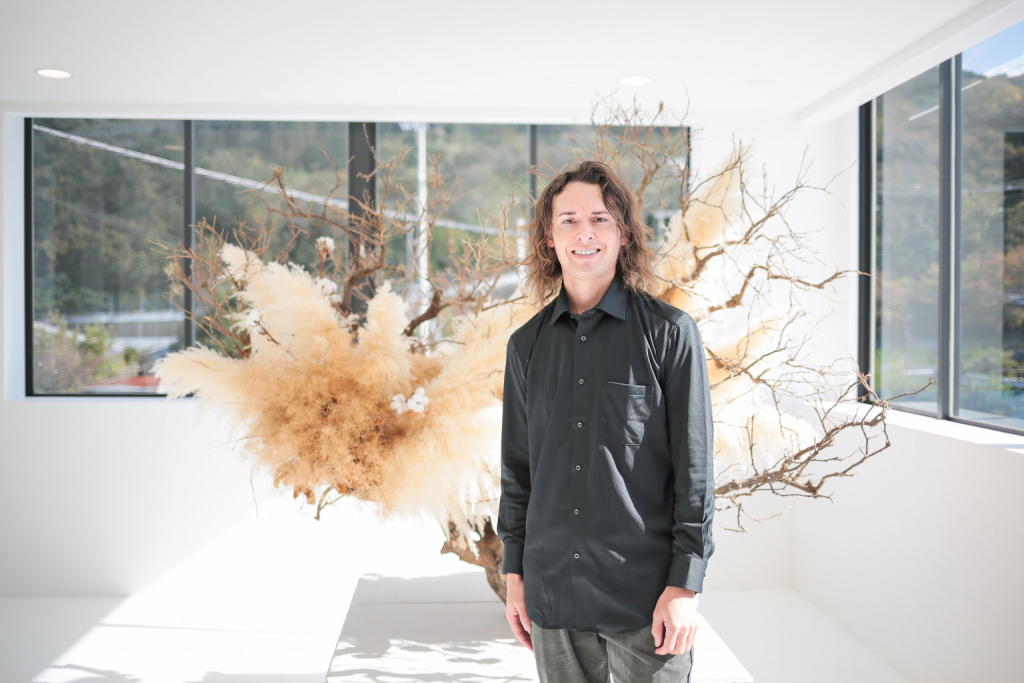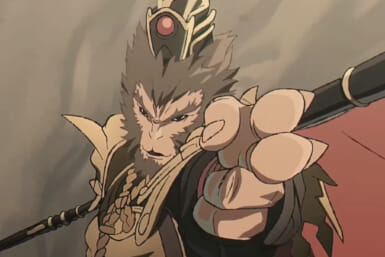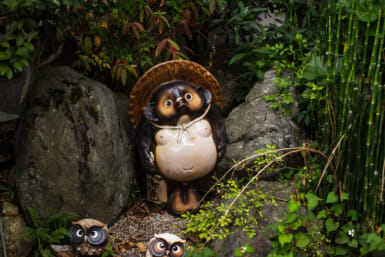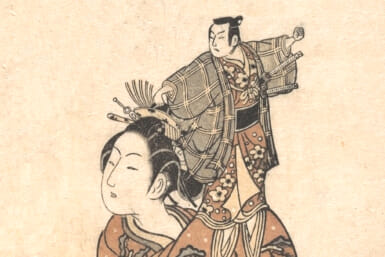The globalization of media and the rising interest in Japanese content has seen people like Jake Jung occupy a very interesting position. Jung is a full-time professional translator with more than 12 years experience in Japanese to English translation, specifically working on anime and manga. With a number of critically-acclaimed titles including Made in Abyss, Flying Witch, Vinland Saga and the most recent Ya Boy Kongming! listed in his portfolio, we check in with Jung to get to know this often unsung piece within the Japanese entertainment industry.
Finding Translation
As with many foreigners who now call Japan home, Jung’s story began with an early interest in Japanese culture. He had Japanese friends growing up, majored in Japanese in college and then studied in Kyoto before teaching with the JET program. Throughout this time and even until this day, Jung continues to hone his prowess in the Japanese language.
“Honestly, I don’t consider foreign languages my strong suit,” he says. “But I worked hard at studying Japanese and immersed myself in Japanese-speaking environments. My wife is bilingual but we almost exclusively speak Japanese together at home.”

Jung began with general translation as a career, building upon his skill set and also with the foresight that he could pursue it remotely from his base in Kagawa. A chance encounter involving the director of translation from Sentai Filmworks and Jung’s ProZ.com profile (a website specializing in translation hiring) is how he began on his path to translating exclusively for anime and manga.
“Translation in anime and manga is quite unique,” he says. “It’s about characterization, dialogue and manner of speaking. You focus on things like contractions, idioms and slang, which do not have a role in a business presentation. Of course, the Japanese vocabulary you need to know is also quite different. But you can learn that along the way and from consuming manga yourself.”
There are other medium-specific things one needs to consider as well. In anime, a translator might need to focus on the audio to match the delivery of the lines. Voice actors sometimes adlib, so keen ears and a pair of noise-canceling headphones might be needed to pick up on these deviations from the script. In manga, translators need to be mindful of the panels and speech balloon sizes, if only to make the letterer’s job easier when placing the text afterward.
Entering the Translation Community
Despite the skyrocketing interest in these types of content, formal resources and support specifically for anime and manga translation are still few and far between. The best spaces to connect with other translators are peer-to-peer platforms such as Twitter.
“Good resources are mostly informal,” says Jung. “There’s a list I have on hand that has been going around amongst translators. It contains about 20 different ways to translate shikata ga nai instead of the stock standard ‘It can’t be helped.’ Twitter and also Discord channels are a great way to connect with other translators and pick up tips and tricks. In terms of formal learning, the Japan Visual Media Translation Academy in Tokyo offers courses that cater to this type of work and I was able to teach a class there recently.”
Accessibility Through Translation
Prior to this boom in popularity, anime and manga have historically suffered from inaccessibility outside of Japan. As a result, it was not uncommon in the early 2000s for unofficial subbing projects to be rampant, initiatives undertaken by fans for the non-Japanese speaking community and often done for free. For this reason, many would consider Jung’s job to be a dream one. There is also the other side where being a translator for such passionate fandoms can create pressure, which is why Jung would like to be more transparent regarding his role in the industry.

“As a translator, some fans might think we have a direct line to the author of the source material,” says Jung. “In reality, it’s actually incredibly difficult to get in contact with them. Most of the time, my queries will not get responded to in time for the show’s airing or will be handled by an author’s representative. Many Japanese companies put up these barriers, presumably to protect the author who may be inundated with requests or is incredibly overworked as it is.
On Translation and Localization
“The translation of terminology specific to the show can come under scrutiny by the community,” he continues. “But in some cases, translators receive an approved glossary from the Japanese licensor that says we have to use this specific phrasing.”

One really common misconception, says Jung, is that anime translators have anything to do with the dubbed versions of the same work. Dub script is actually adapted by a separate team. This often involves an ADR (automated dialogue replacement) writer, a voice-over director and the voice actors in question. This process is entirely different and has separate considerations such as matching the lip flaps of the anime character.
“Overall, I’m just trying my best, like anyone else would at their career,” says Jung. “Some translators are certainly better than others, but there is a belief amongst a subset of fans that translators are inserting liberal politics into their anime. Or some fans might be completely anti-localization and insist upon the literal translation of Japanese which doesn’t work. The way I try to translate is always to preserve the creator’s original intent. And in my opinion, insisting upon an oddly literal translation over natural English is only perpetuating the narrative that Japan is an odd and wacky place.”
Picking the Right References
Despite the challenges, anime translation is rewarding for Jung. One recent project saw him crafting the translation of Ya Boy Kongming!, an anime about the rebirth of famous military strategist Zhuge Liang into the nightlife district of modern-day Tokyo. The dialogue pertaining to this anime is filled with youth culture jargon, Three Kingdoms references and even nods to traditional Chinese poetry. In one of Jung’s viral tweets, he shares snippets of the sixth episode which features a rap battle of about 192 bars. His ability to match the rhyming and delivery while keeping the spirit of the character’s rap is something he’s won praise for from fans and fellow translators globally.
Ya Boy Kongming ep 6 features a rap battle with about 192 bars ((2x16x3)x2 [overtime]). I’ve translated 200+ eps of anime, and I spent far longer on this than any other. It was a great challenge and creative exercise. Enjoy! #AmTranslating pic.twitter.com/L31BTRqsIp
— Jake Jung (ジェイク・ヤング) (@jake_j_jung) May 5, 2022
Choosing the Right Words — and Translation
It’s no stretch to say that translators have a crucial role to play. And as good as automated translation services like DeepL are becoming, Jung isn’t worried that the robots might be after his job.
“So much of everyday dialogue is slang and about depicting a character’s personality,” he says. “You’ll always need a real bilingual person to convey that.”
For those wanting to become proficient anime and manga translators, Jung recommends a practical approach to improving the craft aside from the usual Japanese and English writing studies.
“Find a piece of work that’s been translated to a high level,” he says. “Watch that anime and practice translating it on your own. After that, try comparing both translations by observing what the differences are and how others have interpreted the language. If you’re still new it might be hard to discern what ‘good’ translation might be so do some research to find work that has been talked about for its quality.”









